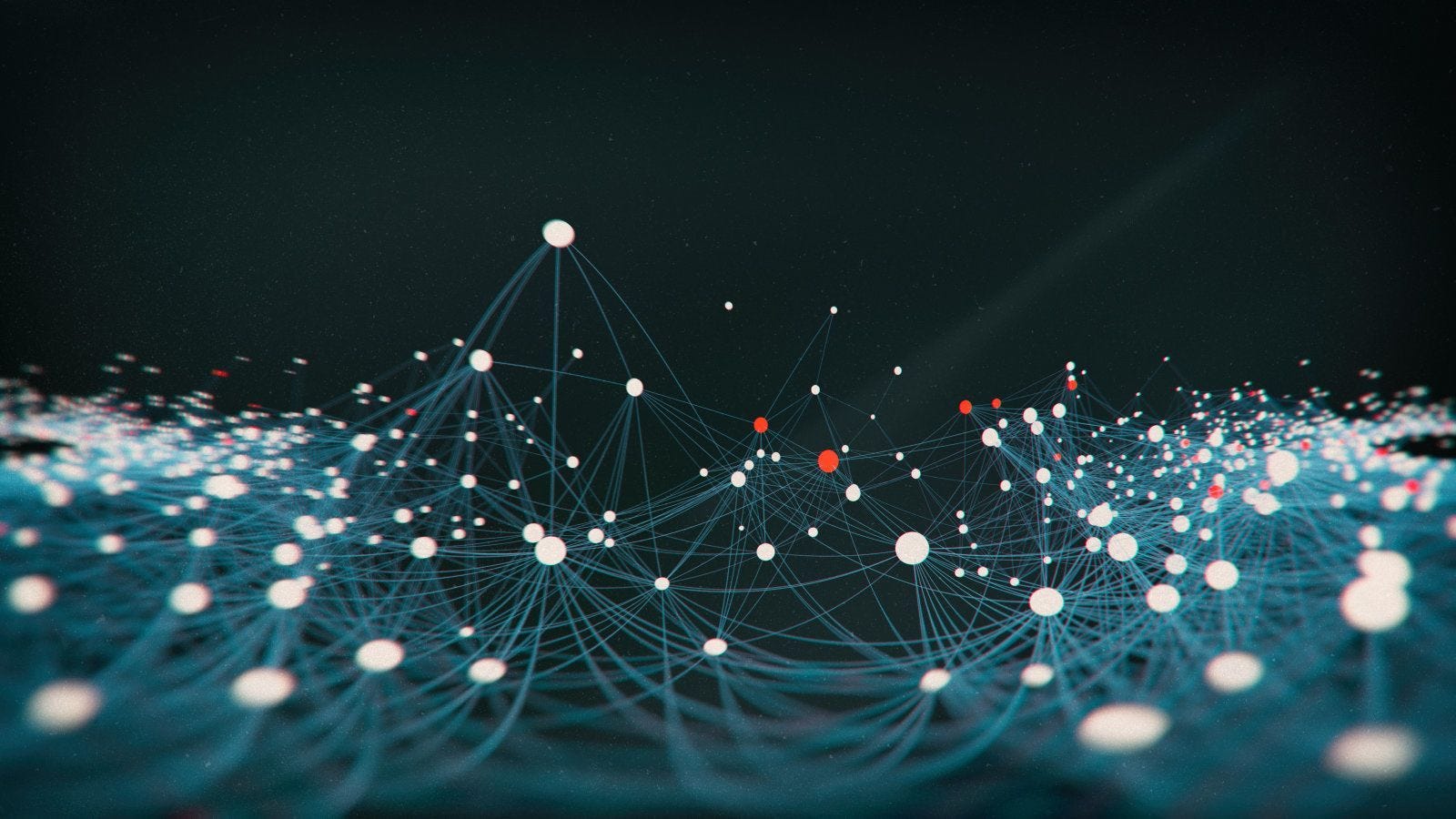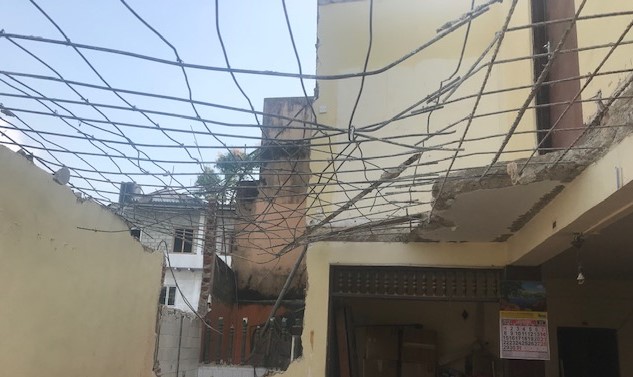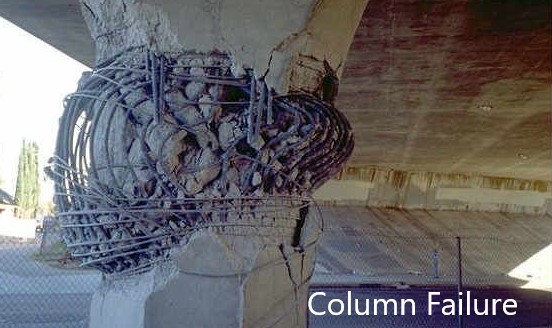Structural health monitoring is very important to understand the condition of the structure and to make necessary decisions concerning the design life of the structure. Artificial intelligence and neural networks can be integrated into structural health monitoring.
With the integration, detecting the defects and identifying structural issues can be done easily when compared to the conventional method and thereby rectification and taking preventive measures can be done on time.
Neural networks can be used to model simple patterns as well as very complex patterns. The parameters that are connected with structural health can be used with their interrelationship to predict the behavior of the structure and its health. Further, these tools can be used to determine when the next repair or major assessment is required.
The following key aspects can be handle with the Neural network with the help of the artificial intelligence.
- Damage Detection and Diagnosis
- Taking Preventive Measures
- Modeling of Structural Behavior
- Enhancement of Finite Element Models
- Sensor Data Fusion
- Real Time Monitoring Alerts

Image source: web – Medium
Damage Detection and Diagnosis
Based on the pattern recognized by the trained model using the old data, predication can be made to identify the damages to the structural elements. The normal behavior of the structure can be introduced by using the old data and then it can use used to identify the anomaly.
Identifying and categorizing the different types of cracks, corrosion spots, or other defects in the structural elements can be done for sensor data or images. Feature extraction can be done with the conventional neural networks.
Once the defects are detected, the classification can be done based on the sensor data which eventually can be used to determine when to repair and what to repair.
Severity of the defeats or deteriorations can be analyzed using the collected data. It further can be used to identify the potential impact of the overall structure and enables to identify the priorities.
Predictive Maintenance
prediction of the failure of the structural element and changes in the loads and stresses can be done neural networks.
Time series analysis and remaining useful life are key component of the failure prediction analysis. Recurrent neural networks and long short term memory networks can be used to analyze the time series data obtained from sensors to predict the possible failures of structural components.
Trends and patterns of variation of strains, frequency, etc. are used to detecting the damages to the structural members and to identify the failures before preceding a significant failure.
Modeling of Structural Behavior
Seismic repose and the wind load response can be predicted with the neural networks.
Models can be trained using the past earthquake date to simulate the potential damage fot he structure and from that more resilient structures can be designed.
Neural networks can use used to analyze the wind patters and structural response to predict behavior of the structure for different wind loading conditions.
Enhancing Finite Element Models (FEM)
Sensor data can be used to update the finite element models using the neural networks by real time integrations. This can use used to improve the accuracy of the simulations.
Real time modeling is an advance technique that allows to reach more precise model that reflects more minimal variation from the actual condition.
Hybrid models can be created by combing the neural networks with the traditional Finite Element Models. The hybrid modeling approach allows more robust predictions of the structural behavior as neural network provide rapid, data driven predictions.
Real Time Monitoring and Alerts
Continuous monitoring of the real time data can be done with the neural networks. With these types of process, immediate actions can be taken to prevent the sudden failures and ensure the safety of the occupants.
Neural networks support the adaptive learning. They can be trained over time for different new conditions to improve their predictability and accuracy of predictions.
Use of the neural networks in structural health monitoring can reach to high level of predictions and manger the structure for longer durations. Employing such advanced AI technology enhance the detectability and repose to potential risks.


